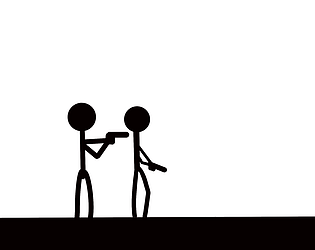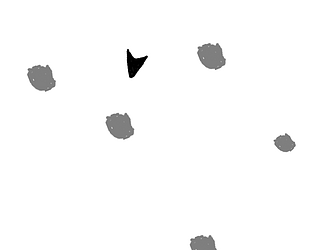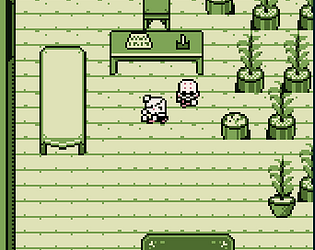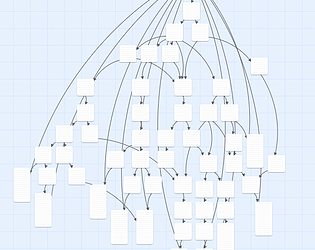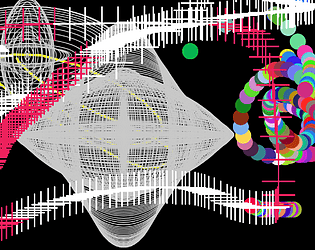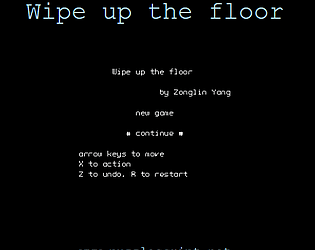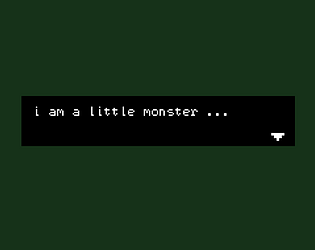This game simulates the life of a garbage truck driver. I feel that the repetition part of the game simulates the daily repetition of life very well.
Pull up to the curb
Park the truck
Hop out
Walk to the garbage can
Pick up the garbage can
Dump it in the back of the truck
Put the garbage can back
Drive away.
The player must click again and again to show that an action has been completed. I think that although the action of clicking the mouse is simple for real work, the player clicking a series of buttons in a condense game environment is like spending a lot of time in real life. From another point of view, these actions are indeed completed by clicking buttons on the garbage truck. This interactive operation increases the player's sense of substitution for the character. Players almost have to face the exact same click 4 times in the game, reflecting the repeated work. But at the same time, emergencies also occur during work. For example, a user’s driver’s license is found.
I think the music in the game is very helpful to the overall experience of the game. In the morning, the sound of frying eggs and brushing teeth is matched with the text and pictures, and the player quickly enters the state and time of the game. After choosing the radio channel, I thought of many similar game settings, like This is the Police, which I played before. Players can choose the music they want to listen to every day. I think this setting increases the player's control over the character and is also a good way to enhance the sense of substitution. This can also add some changes to a monotonous life. Although many clicks are not an important choice but the player's personal preference, these clicks are not meaningless, but enhance the feeling of playing. The player is more like living his own life rather than reading other people's diaries. The author used a font when expressing what the player said and did, and when showing the decision made by the player's character that is the only thing in the game, the author used another font. This new font is used to express unclear handwritten text, while also emphasizing the content. I think this is a very clever way of emphasizing. It reflects the change of the player’s observation perspective in a text game.


